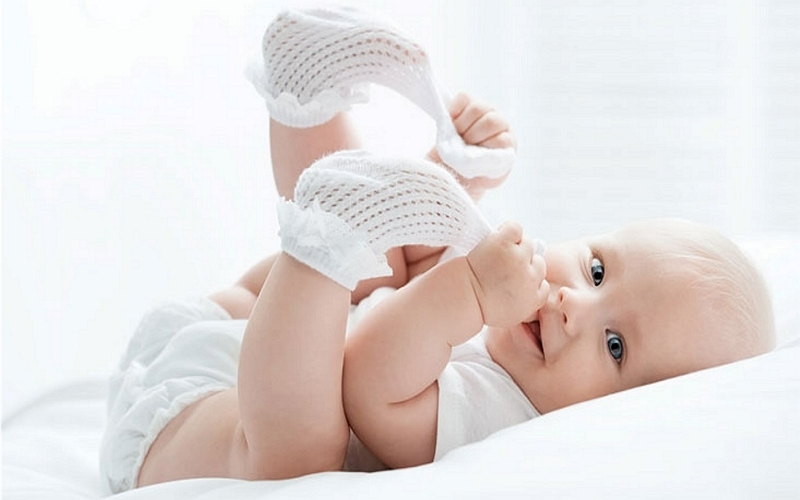Where to donate opened diapers? There are a few options when it comes to donating opened diapers. You can either take them to a local diaper bank or give them to an organization that distributes diapers to families in need.

Below is a list of some places where you can donate your opened diapers:
-The National Diaper Bank Network (NDBN) is a network of more than 200 diaper banks across the country. To find a local diaper bank, visit their website and enter your zip code or state.
-One Baby Can collect both new and used diapers from individuals, businesses, and organizations throughout Canada and ships them directly to families in need. You can ship donations directly to their warehouse in Toronto or drop them off at one of their many donation locations.
-The Diaper Bank of Southern Arizona accepts both new and used diapers from individuals and businesses in the Tucson area. They also accept monetary donations, which they use to purchase diapers locally.
-Huggies Every Little Bottom is a campaign by Kimberly-Clark Corporation that aims to help provide diapers to families in need across the United States. You can donate money or diapers directly to their program or find a local donation location.
How to dispose of diapers
When it comes to disposing of diapers, there are a few different options. You can throw them in the trash, flush them down the toilet, or compost them.
If you choose to throw your diapers in the trash, make sure to wrap them up tightly in a plastic bag so that they don’t leak and create a mess. Another option is to put them in a special diaper disposal pail until you’re ready to take them out to the trash.
If you choose to flush your diapers down the toilet, just be aware that they may cause problems with your septic system if you have one. Additionally, some municipalities do not allow flushed diapers to go into their sewer systems.
The best way to dispose of diapers is to compost them. This is a great option if you have access to a compost bin, and it’s also good for the environment. Composted diapers will break down and create nutrient-rich soil that can be used in gardens and landscaping.
There are several different types of diaper composting systems available, so do some research to find the one that would work best for you. One popular system is called the Diaper pail with a carbon filter by Nature’s Head. It hooks up to your sink and uses a special filter to keep bad smells at bay.
No matter which disposal method you choose, make sure to always follow the instructions provided by the manufacturer or municipality. And remember, never throw dirty diapers away with your regular trash.
What is the gel in baby diapers?
The gel in baby diapers is a super absorbent polymer (SAP). SAPs are made up of small molecules that can absorb a large amount of liquid. This makes them perfect for soaking up urine and faeces. SAPs are also able to hold onto this liquid, even when it is wet. This helps keep the diaper from leaking.
SAPs come in many different forms, but the most common one is polyacrylate. Polyacrylate is a type of plastic that can be molded into any shape. It is this property that allows manufacturers to create tiny beads that can quickly soak up the liquid.
When these beads come into contact with moisture, they swell too many times their original size. This expansion pulls the liquid away from the skin and into the diaper.
When do children stop wearing diapers?
Most children stop wearing diapers between two and three years old. Some children, especially boys, may continue to wear diapers until four or five years old. It is important to remember that every child is different and will not follow the same timeline as other children.
If you are concerned about your child’s potty training progress, be sure to speak with your paediatrician. They can provide guidance and offer suggestions on how to help your child become diaper-free.
There are a few things you can do to encourage your child’s potty training progress:
-Make sure they have plenty of opportunities to use the bathroom throughout the day. This includes taking them to the bathroom regularly, even if they don’t seem like they need to go.
-Create a positive potty training environment. Reward your child for using the bathroom correctly and praise them for their accomplishments.
-Help them understand what they need to do to use the bathroom. Explain how to sit on the toilet, how to wipe themselves, and how to flush.
-Be patient and consistent with your potty training efforts. It may take a little time before your child catches on, but eventually, they will get the hang of it!
If you are struggling with potty training or have any questions about your child’s progress, be sure to speak with your paediatrician. They can provide additional guidance and support as you work through this process.
How to dissolve diaper gel
One way to dissolve diaper gel is by using a wet rag. Wet the rag and then place it over the diaper gel. Apply pressure to the area until the diaper gel has dissolved. You can also try pouring warm water onto the diaper gel to help dissolve it. Be sure to clean up any messes that are made while dissolving the diaper gel.
Another way to dissolve diaper gel is by using a dishwasher detergent tablet. Place the tablet in a cup of hot water and let it sit for several minutes. Stir the water until the tablet has completely dissolved.
Pour this mixture over the diaper gel and allow it to soak in for a few minutes. Use a wet rag or sponge to wipe away any remaining residue. Make sure that you clean up any messes made during this process. Ensure you dispose of the diaper properly
